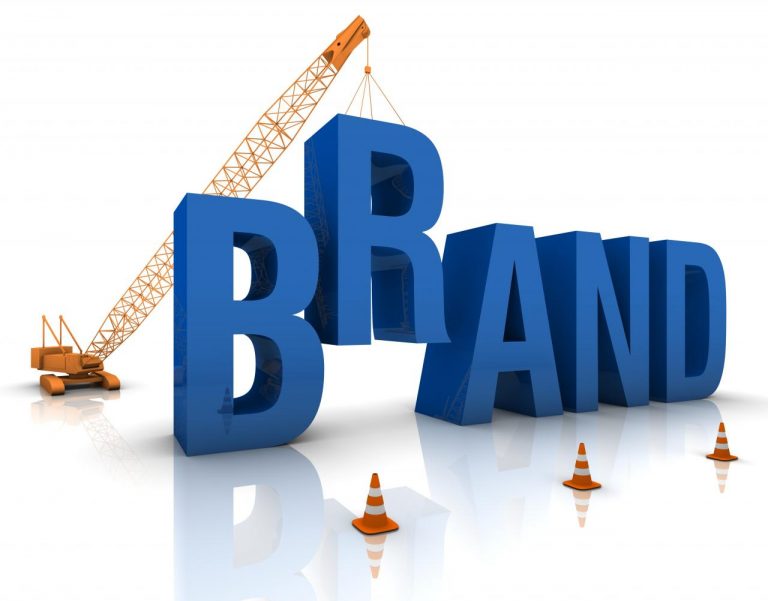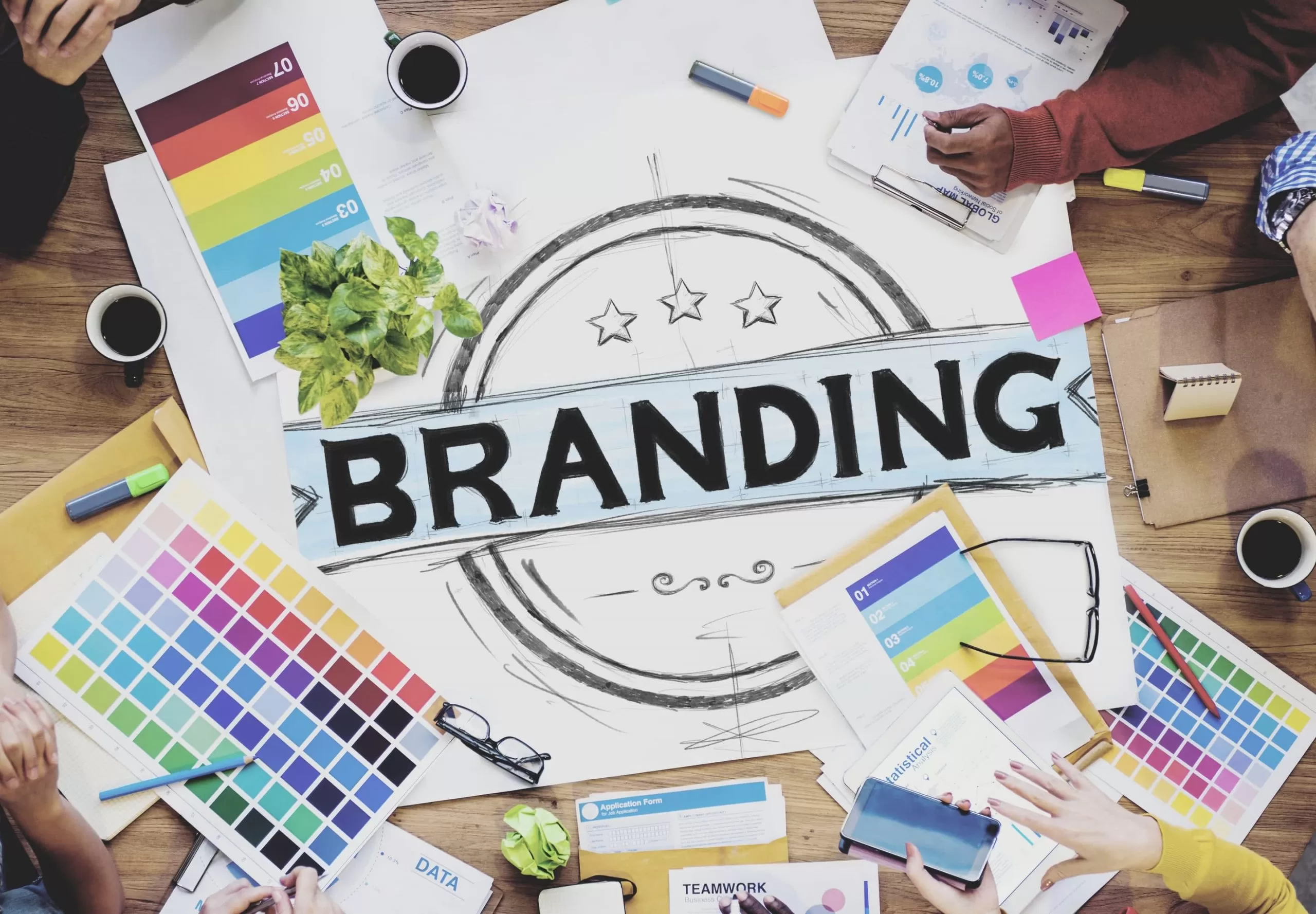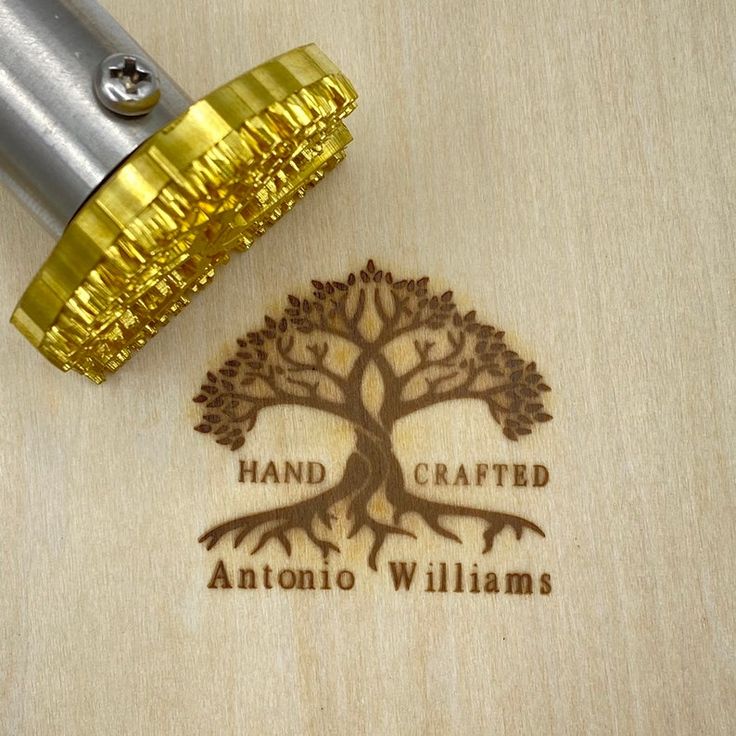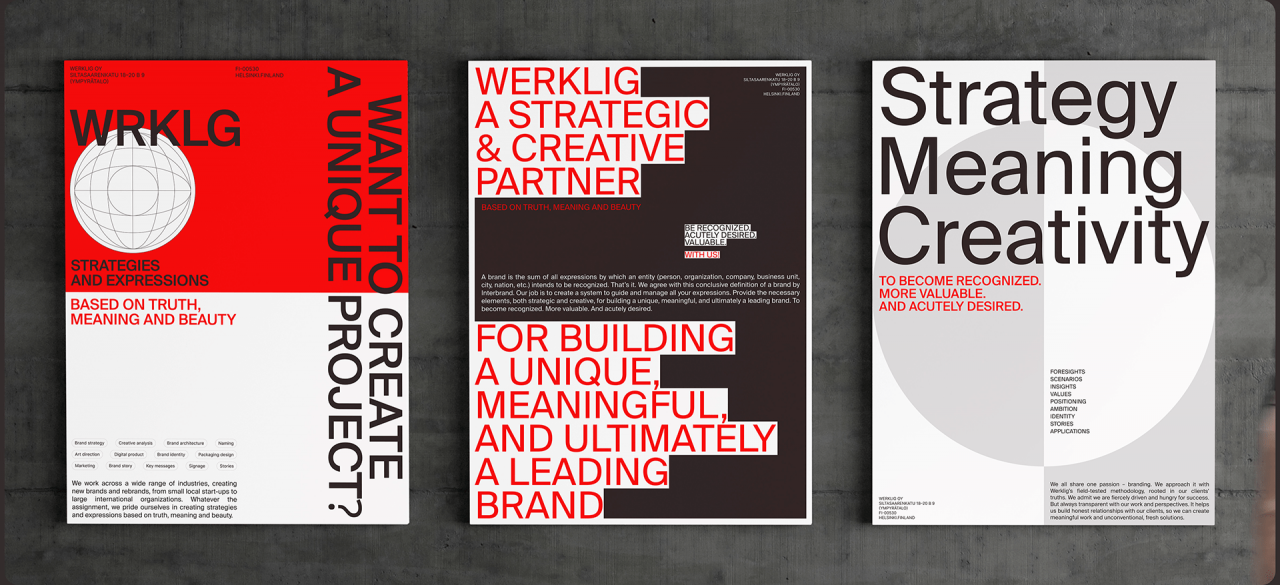Step into a visual feast as branding iron grill & pub photos highlight the delightful marriage of atmosphere, culinary art, and community spirit. This establishment isn’t just a place to enjoy a meal; it’s a vibrant part of the local scene, melding its rich history with contemporary flair. The compelling visuals entice patrons, embodying the heart and soul of what makes this grill and pub a beloved destination.
At the Branding Iron Grill & Pub, the ambiance plays a crucial role in complementing the diverse menu, where every dish is crafted with care. The restaurant’s thoughtful design reflects its mission, making it a welcoming space for both new visitors and loyal locals. From the warm tones of the decor to the carefully curated menu, each element contributes to an unforgettable dining experience.
Branding Iron Grill & Pub Overview
Branding Iron Grill & Pub is a beloved establishment located in the heart of the bustling downtown area. Known for its warm and inviting atmosphere, the pub features rustic decor with exposed wooden beams, vintage signage, and a cozy fire pit that enhances its charm. The combination of comfortable seating and ambient lighting makes it an ideal spot for both casual dining and special gatherings.The concept of Branding Iron Grill & Pub revolves around the idea of celebrating classic American cuisine with a modern twist.
This reflects not only in the restaurant’s design, which showcases an open layout with a large bar area, but also in its diverse menu that emphasizes locally sourced ingredients. Seasonal specials highlight the freshest produce and meats, while signature dishes like the Branding Iron Burger and house-made BBQ ribs capture the essence of hearty comfort food.
Establishment’s History and Community Significance
Branding Iron Grill & Pub has been a cornerstone of the local community since its inception over two decades ago. It was founded by a passionate chef who wanted to create a warm gathering place where friends and families could enjoy quality food and drinks. Over the years, it has evolved into more than just a restaurant; it is now a venue for community events, fundraisers, and live music, fostering a sense of camaraderie among patrons.The pub’s commitment to community engagement is reflected in its support for local farmers and artisans.
By sourcing ingredients from nearby farms, Branding Iron not only ensures freshness but also contributes to the local economy. This dedication to community and sustainability resonates with customers, making it a favored destination for both locals and visitors alike.In addition to its culinary contributions, Branding Iron Grill & Pub regularly hosts events that celebrate local culture, such as food festivals and craft beer tastings, further establishing its role as a community hub.
The establishment’s unwavering focus on providing a welcoming environment has solidified its place in the hearts of many, ensuring its legacy continues for years to come.
Visual Identity and Branding
The branding of Branding Iron Grill & Pub is meticulously crafted to create a memorable and engaging experience for its customers. It effectively communicates the restaurant’s theme and ethos through a cohesive visual identity, which includes various branding elements such as logos, color schemes, and typography. Each element plays a significant role in enhancing the overall atmosphere and appeal of the establishment.The restaurant’s visual identity is designed not only to attract customers but also to provide them with a sense of familiarity and comfort.
The choice of colors, typography, and logo all work together to convey a rustic yet inviting atmosphere, reflecting the essence of a traditional grill and pub. This thoughtful approach to branding contributes to a delightful dining experience, as customers can easily associate the restaurant’s visuals with quality food and warm hospitality.
Branding Components and Their Purposes
Understanding the various branding components can shed light on how they enhance the restaurant’s identity. The following table Artikels key elements of Branding Iron Grill & Pub’s visual identity and their respective purposes:
| Branding Element | Description/Purpose |
|---|---|
| Logo | The logo combines imagery of a branding iron and grill elements, symbolizing strength and warmth, which resonates with the pub’s theme. |
| Color Scheme | A palette of warm earthy tones, including deep reds and browns, evokes a sense of comfort and rustic charm, suitable for a grill setting. |
| Typography | Bold, serif fonts are used to reflect a traditional feel, while also ensuring readability, reinforcing the pub’s identity as a welcoming dining space. |
| Signage | The signage features the logo prominently and is designed to be eye-catching, guiding customers effortlessly to the entrance. |
| Menu Design | The menu’s layout and design mirror the overall branding, with elements that reflect the grill and pub theme, enhancing the overall dining experience. |
“The visual identity of a restaurant goes beyond aesthetics; it shapes customer perception and experience.”
Menu Presentation and Photos
At Branding Iron Grill & Pub, the menu is a reflection of culinary creativity and comfort food. Each dish is thoughtfully crafted, not only to delight the palate but also to create a visual feast that makes patrons eager to take a bite. The presentation of these dishes, combined with high-quality photography, plays a vital role in enticing customers and elevating their dining experience.The diverse menu caters to a variety of tastes, featuring hearty burgers, succulent steaks, fresh seafood, and vibrant vegetarian options.
Each dish is presented with attention to detail, ensuring that colors, textures, and garnishes are highlighted, making them visually appealing. The use of natural light in photography, for example, accentuates the freshness of ingredients and enhances the overall image quality.
Effective Food Photography Techniques
Capturing the essence of each dish requires skillful techniques that bring out the best in culinary presentations. Here are some effective methods used in food photography at Branding Iron Grill & Pub:
- Natural Lighting: Utilizing soft, natural light can create a warm and inviting atmosphere in food photos, enhancing the visual appeal of the dishes.
- Composition: Employing the rule of thirds and balancing elements in the frame draws attention to the main dish while showcasing accompanying sides or garnishes.
- Close-ups: Highlighting textures and details through close-up shots makes the dish more relatable and appetizing, allowing viewers to appreciate the craftsmanship involved.
- Color Contrast: Using contrasting colors in food and background can make dishes pop, making them more visually striking and appetizing.
- Props and Styling: Incorporating rustic or themed props, such as wooden boards or elegant tableware, enriches the photograph’s storytelling aspect, reflecting the restaurant’s ambiance.
The use of these techniques not only showcases the dishes beautifully but also communicates the restaurant’s brand identity effectively.
Comparison of Menu Items
To illustrate the diversity of offerings at Branding Iron Grill & Pub, a comparison of various menu items is essential. Each dish is not only crafted with flavor in mind but is also presented in a way that highlights its unique characteristics. Below is a comparison of some popular items:
| Menu Item | Description | Photo Description |
|---|---|---|
| Classic Burger | A juicy beef patty topped with crispy lettuce, fresh tomatoes, and special sauce, served on a toasted bun. | The burger is captured with a close-up shot, showcasing the melted cheese and vibrant colors of the fresh toppings, with a side of golden fries in the background. |
| Grilled Salmon | Fresh salmon fillet marinated in herbs, grilled to perfection, served with seasonal vegetables. | The photo highlights the flaky texture of the salmon, with vibrant green asparagus and a drizzle of lemon butter sauce, creating an appetizing contrast. |
| Vegetarian Pasta | Al dente pasta tossed with sautéed seasonal vegetables and a light olive oil dressing. | The dish is presented in a colorful bowl, with bright bell peppers and fresh basil, emphasizing its freshness and healthiness. |
| BBQ Ribs | Slow-cooked ribs glazed in house-made BBQ sauce, served with coleslaw. | The rich, glistening ribs are captured with a focus on their sticky glaze, paired with a vibrant coleslaw that adds a pop of color. |
Each of these dishes reflects the culinary expertise of Branding Iron Grill & Pub, and their presentation in photos helps convey the quality and care that goes into every meal, making them irresistible to diners.
Atmosphere and Decor
The Branding Iron Grill & Pub boasts an inviting atmosphere that seamlessly blends rustic charm with modern comfort. The exterior features warm wood tones, complemented by stone accents and a welcoming patio area, setting the stage for a cozy dining experience. Stepping inside, guests are greeted by a thoughtfully curated décor that reflects the establishment’s commitment to quality and tradition, reinforcing the overall brand image.The atmosphere plays a crucial role in shaping the dining experience, influencing customer perceptions and enjoyment.
A well-designed environment not only enhances the food presentation but also creates a memorable setting that encourages guests to linger and cherish their time. Photography serves as a powerful tool to visually encapsulate this essence, allowing potential patrons to virtually experience the ambiance before they arrive.
Interior and Exterior Decor Elements
The decor of Branding Iron Grill & Pub incorporates several key elements that embody its distinctive character. These elements not only enhance the visual appeal but also connect with the brand’s identity, creating a cohesive dining experience. Here are some noteworthy features:
- Warm Color Palette: Earthy tones such as deep browns, rustic reds, and soft creams dominate the color scheme, evoking a sense of comfort and familiarity.
- Rustic Furnishings: Tables and chairs made from reclaimed wood add a touch of authenticity, while comfortable seating arrangements encourage diners to relax and enjoy their meals.
- Local Artwork: The walls are adorned with pieces from local artists, showcasing the community’s talent and reinforcing the pub’s commitment to supporting local craftsmanship.
- Lighting Design: Soft, ambient lighting creates an intimate atmosphere, complemented by strategically placed vintage-style fixtures that enhance the overall aesthetic.
- Outdoor Patio: The exterior features an inviting patio area with string lights and planters, perfect for al fresco dining, which appeals to guests looking for a casual yet charming setting.
Ideal Restaurant Atmosphere Layout
To create an enhanced dining experience, a well-thought-out layout is essential. The following table Artikels a proposed design plan that captures the desired atmosphere for Branding Iron Grill & Pub:
| Area | Design Features | Purpose |
|---|---|---|
| Entrance | Welcoming signage, flower planters | To create an inviting first impression |
| Main Dining Area | Comfortable seating, rustic decor, ambient lighting | To facilitate a cozy and relaxed dining environment |
| Bar Area | High-top tables, bar stools, dynamic lighting | To encourage social interaction and casual gatherings |
| Outdoor Patio | String lights, outdoor heaters, greenery | To offer a casual and enjoyable space for dining al fresco |
| Restrooms | Clean, well-decorated with local art | To maintain high standards of cleanliness and aesthetics |
The harmonious blend of these elements fosters a welcoming environment that resonates with the Branding Iron Grill & Pub’s identity, ensuring that every visit is not just a meal, but an experience to remember.
Customer Engagement through Visuals

Visuals play a pivotal role in enhancing customer engagement for restaurants, particularly in the competitive landscape of social media. Branding Iron Grill & Pub effectively utilizes photography and video content to not only showcase its culinary offerings but also to create an inviting atmosphere that draws customers in. This approach not only increases brand visibility but also fosters a deeper connection with potential guests.To maintain an engaging online presence, Branding Iron Grill & Pub employs a variety of strategies, including the use of high-quality images and videos that highlight the restaurant’s unique dishes, lively events, and the warm ambiance that patrons can expect.
By sharing genuine moments from the dining experience, they build a narrative that resonates with their audience.
Strategies for Engaging Visual Content
Developing a strong visual identity is essential for engaging customers online. Effective strategies include the following:
- High-Quality Imagery: Professional-grade photos of food and drinks can capture the eye and stimulate appetites. Proper lighting and angles enhance the visual appeal.
- User-Generated Content: Encouraging customers to share their photos and experiences on social media helps create a community feel and authentic engagement.
- Storytelling through Videos: Short, engaging videos that showcase the cooking process, staff interactions, or special events help to create a deeper connection with the audience.
- Themed Posts: Regularly scheduled posts that align with holidays, seasons, or special events can keep the content fresh and relevant, enticing repeat visits.
- Behind-the-Scenes Shots: Sharing glimpses of daily operations or staff highlights fosters a sense of transparency and approachability for the brand.
- Interactive Content: Polls, quizzes, and contests can encourage customer interaction, making them feel more involved with the restaurant’s brand.
In addition to these strategies, it’s essential to adhere to best practices for photographing restaurant environments. Capturing the right moments can significantly enhance the overall appeal of Branding Iron Grill & Pub’s visual content. Here are some best practices for photographing restaurant environments and experiences:
- Utilize natural light whenever possible to create a warm and inviting atmosphere in photos.
- Set the stage by arranging tables and decor to reflect the restaurant’s identity and vibe.
- Showcase food and drink items in vibrant and appealing settings, using props that enhance the visual story.
- Capture candid moments of guests enjoying their meals to convey the restaurant’s liveliness and customer satisfaction.
- Maintain a consistent style across all photos to strengthen brand identity and recognition.
- Incorporate seasonal elements in decor and food presentations to keep the visuals timely and relevant.
By employing these strategies and best practices, Branding Iron Grill & Pub can create a visually appealing online presence that captures the essence of the dining experience while effectively engaging customers.
Event Photography and Promotions
Branding Iron Grill & Pub leverages event photography to highlight special occasions and gatherings, enhancing its marketing appeal and customer engagement. By capturing the vibrancy and excitement of events, the pub effectively showcases its offerings and creates a buzz around upcoming activities, drawing in both regulars and new patrons. This visual storytelling not only promotes the establishment but also fosters a sense of community among its clientele.
Event photography serves as a vital tool in promoting the diverse range of activities hosted at Branding Iron Grill & Pub. From live music nights to themed parties and private gatherings, high-quality images can convey the atmosphere and energy of these events, encouraging potential customers to join in the fun. Effective photography can turn a simple gathering into a visually captivating narrative, making it easier to promote on social media platforms and in promotional materials.
Guidelines for Capturing Memorable Moments at Events
To ensure that event photography effectively captures the essence of gatherings, certain guidelines should be followed. These practices help in creating images that not only reflect the event’s spirit but also serve marketing purposes.
- Use Natural Lighting: Whenever possible, utilize natural light to enhance the mood of photos. This creates vibrant images without relying heavily on artificial lighting.
- Focus on Interactions: Candid shots of guests interacting, laughing, and enjoying their time create a sense of connection and relatability in the photos.
- Highlight Key Moments: Capture significant events during the occasion, like speeches, performances, or special announcements, to showcase the highlights of the gathering.
- Include Venue Details: Take photos of the decor, lighting, and setup to give viewers a sense of the atmosphere and the pub’s unique character.
- Encourage Guest Participation: Set up a photo booth or designated area where guests can take fun pictures, encouraging sharing on social media, which expands reach.
Promotional Campaigns Incorporating Event Photography
Creative promotional campaigns utilizing event photography can significantly attract customers to Branding Iron Grill & Pub. By showcasing past events and upcoming gatherings, the pub can generate excitement and engagement. Below are several campaign ideas that can be implemented.
- Social Media Contests: Encourage customers to share their own event photos at the pub with a dedicated hashtag. Offer prizes for the most creative submissions, boosting online interaction and visibility.
- Event Recap Posts: After each event, post a recap featuring the best photographs, along with highlights. This can entice those who missed it to attend future events.
- Seasonal Promotions: Use themed event photos to promote special deals aligned with holidays or local celebrations, attracting customers looking for a festive experience.
- Photo Galleries: Create online galleries for events where customers can view and purchase prints, fostering a sense of community and nostalgia.
- Collaborations with Influencers: Partner with local influencers to attend events and share live content, showcasing the lively atmosphere and encouraging their followers to visit.
“Capturing the spirit of an event through photography is not just about taking pictures; it’s about telling a story that resonates with the audience.”
Conclusion
The journey through branding iron grill & pub photos underscores the importance of visuals in conveying a restaurant’s identity and charm. As we explore its unique branding, exquisite menu presentations, and inviting atmosphere, it becomes clear that these elements together create a compelling narrative. Whether you’re a food enthusiast or simply looking for a great dining spot, the captivating imagery of this grill and pub speaks volumes, inviting all to partake in its flavorful experiences.
FAQ Guide
What types of cuisine does Branding Iron Grill & Pub offer?
The restaurant specializes in a mix of American comfort food, including burgers, steaks, and vegetarian options.
Are the photos on the website taken by professional photographers?
Yes, the images are captured by professional food photographers to ensure high quality and appeal.
Can I host private events at Branding Iron Grill & Pub?
Absolutely! The restaurant offers event packages for private parties and gatherings.
What is unique about the decor style at Branding Iron Grill & Pub?
The decor features rustic elements combined with modern touches, creating a warm and inviting atmosphere.
How often do they update their menu items?
The menu is updated seasonally to reflect fresh ingredients and new culinary trends.





